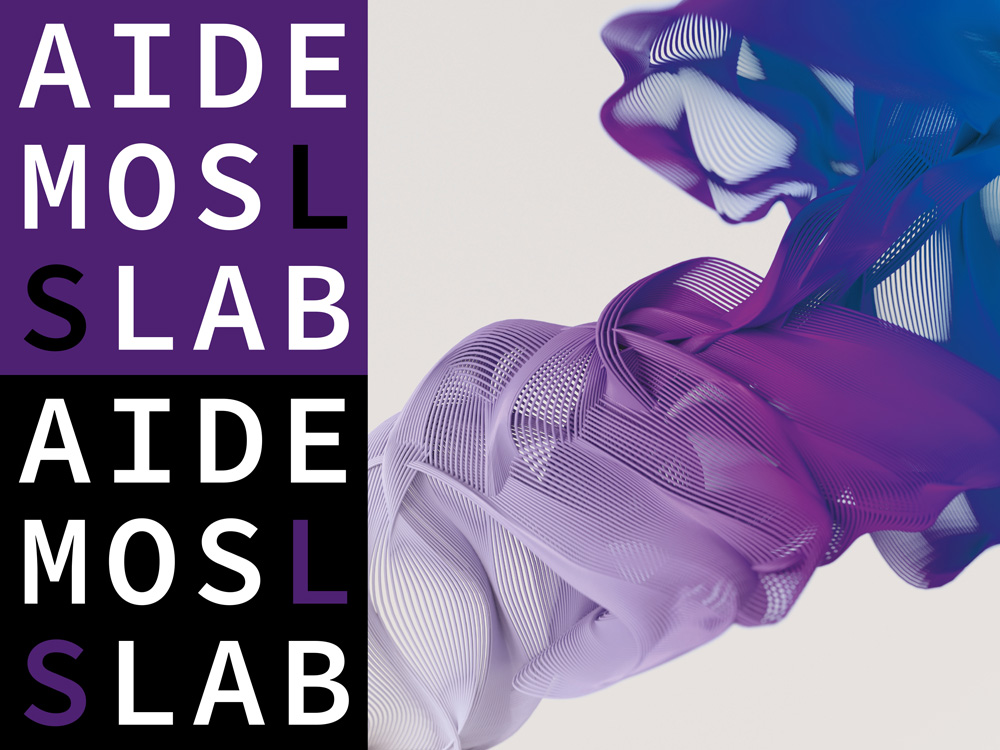What does AI mean for friendship and politics?
The relationship between politics and friendship in the political and ethical philosophy has been an intimate one. The shared commonalities engendered by friendliness have been seen by many as a necessary condition for meaningful collective life. Aristotle famously distinguished between different types of friendship, pointing our attention to its role in holding the polities together. At the same time, our connections today increasingly are mediated by social media that shape how we share the common world with each other – and build a friendship as a result.
To think further about how AI shapes friendship and its political implications, it may be useful to think about networks. In their work, Laura Kurgan, Dare Brawley, Brian House, Jia Zhang, and Wendy Hui Kyong Chun focused on the history and meaning of the term “homophilia,” which American sociologists Paul Lazarsfeld and Robert Merton proposed in their 1954 essay. Studying the racial aspects of settlement in the United States, they were interested in the following question: to what extent do friendships, operationalized as the closeness of connections, arise from the similarity of people? The sociologists were motivated by a rather applied concern: the housing crisis of the time had contributed to less racial segregation in settlement and the emergence of more racially diverse neighborhoods.
Based on data on the close ties of individuals and their relation to the idea of racially diverse neighborhoods, sociologists, at the expense of certain methodological assumptions (and omissions), concluded that people were friends with people who were just like them. The authors of this essay show that such a conclusion became a self-fulfilling prophecy. As a result, homophilia became a pervasive concept in network science and, by extension, the central logic of contemporary social networks: their interfaces invite us to be friends with those who are supposed to be like us.
As a result, the concept of homophily has displaced diversity and difference from the realm of the meanings of friendship. It is clear from the text that Merton's own understanding of homophily has subsequently changed. However, this has not prevented this concept from taking hold. This essay illuminates that friendship is mediated in a way that privileges similarity, rather than difference, closing other possibilities. In this simultaneously social and technical solution one can see how a particular and arbitrary vision of what a friendship is became encoded into the network architectures, bearing significant political ramifications.

